Over a century ago the U.S. Army became engaged in a counterinsurgency conflict in the Philippines. During this period the service was also in the midst of transforming itself. One result was the creation of the Army War College in 1901. The first actual class was not held until 1904.
Following the Civil War, a substantially smaller army was scattered along America’s far- flung frontier. The Army sought to incorporate the technological, organizational and tactical changes that were occurring in warfare. The proponents for reform recommended the establishment of a war academy, a war college or some other form of postgraduate schooling for officers.
Typical of these recommendations was that of Maj. Gen. Emory Upton for the creation of a “War Academy to educate officers in the art of war, and to prepare them for the staff and to hold high command,” contained in his trip report, The Armies of Asia and Europe, published in 1878. A decade later Arthur L. Wagner reinforced Upton’s recommendation when in July 1889, he wrote, "In no profession, trade or calling have the discoveries and inventions of modern science received a more extended application than in the Art of War. As a result … the officers of the present day require a greater degree of professional and scientific preparation than ever before known in the history of war.”
Unfortunately, the Army had yet to transform itself by the time of the Spanish-American War in 1898, resulting in an extremely small Army of 25,000 officers and Soldiers. It remained relatively unprepared to engage the military forces of Spain. Although the Army was highly successful during the short war, it was apparent to all concerned that the service had to become a more efficient and effective fighting force. Accordingly, President William McKinley appointed a new secretary of war, Elihu Root, who, in today’s parlance, was tasked with implementing the transformation of the Army.
Root noted in his 1899 annual report that "some improvements should be made in the organization of the Army.” Suggested improvements included the recommendation "that an army war college should be established.” In February 1900, Root ordered a board of officers, led by Brig. Gen. William Ludlow, to convene for the purpose of "considering regulations with a view to establishment of a War College for the Army.” Even before the board submitted its report, Congress appropriated $20,000 for "contingent expenses incident to the establishment of the Army War College.”
With the Ludlow Board report, then-Col. William H. Carter, the assistant adjutant general, worked closely with Root and congressional leaders in preparing the necessary reports and documentation leading to the establishment of the Army War College. War Department General Order 155, delineating the Army’s school system, was issued on November 27, 1901. Along with special service schools and a General Service and Staff College at Fort Leavenworth, Kansas, it was directed that an Army War College, located at Washington Barracks, now Fort McNair, be established "for an advanced course of professional study for army officers.”
During the February 21, 1903, ceremonial cornerstone laying for the new Army War College building, Root proclaimed the War College’s mission: “not to promote war, but to preserve peace by intelligent and adequate preparation to repel aggression, this institution is founded.” He further stated that "an advance and enlargement of military education were demanded by the enlargement of our Army, the advance and greater complexity of military science … and the wider range of military problems which the possibilities of our national growth force upon our attention.” Students attending the college would be expected “to study and confer upon the great problems of national defense, of military science and of responsible command.” Root noted that “the officer who keeps his mind alert by intellectual exercise, and who systematically studies the reasons of action, and the materials and conditions and difficulties with which he may have to deal, will be the stronger practical man and the better soldier.”
That guidance remains as valid today as it did over 100 years ago and serves as an underpinning of today’s Army War College, which has just completed its school year and graduated its 92nd resident class on June 7, 2008.
Our guest contributor, retired Lt. Col. Martin “Marty” Andresen is a longtime friend of the U.S. Army Military History Institute and a recognized military scholar and historian.
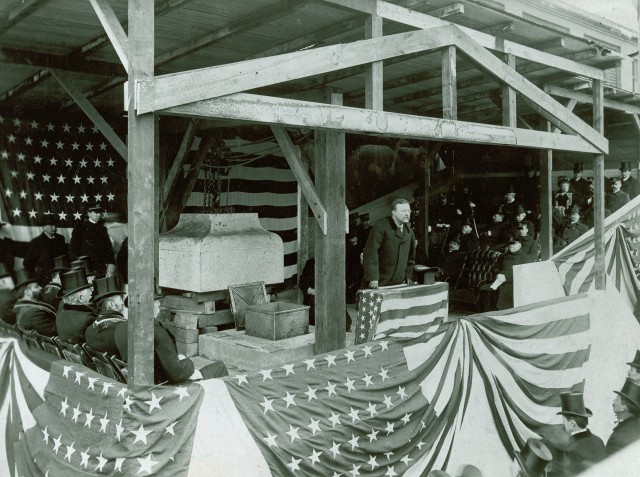
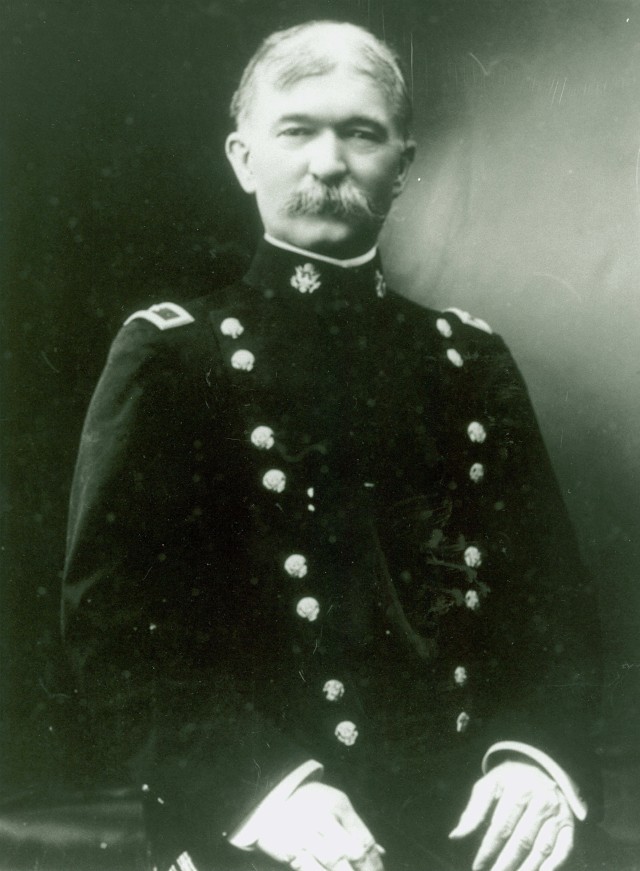
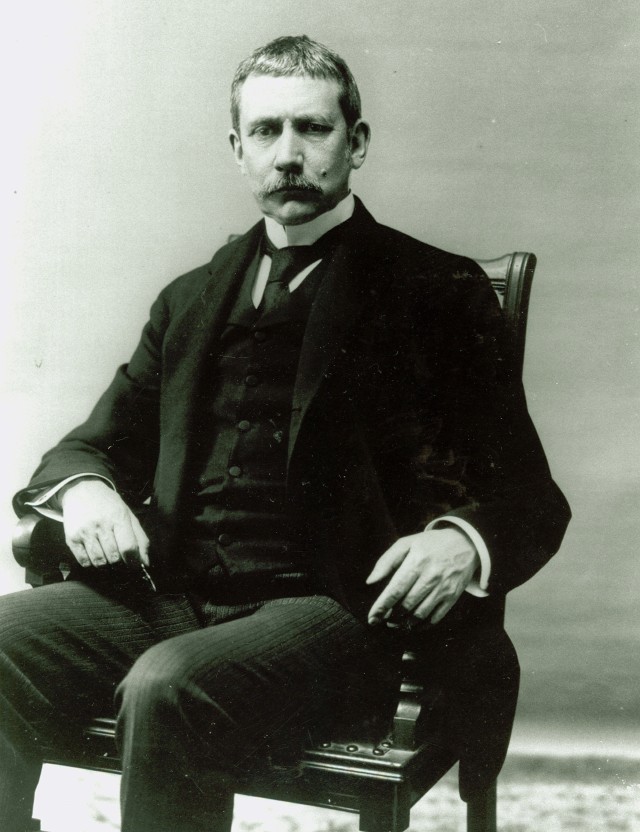
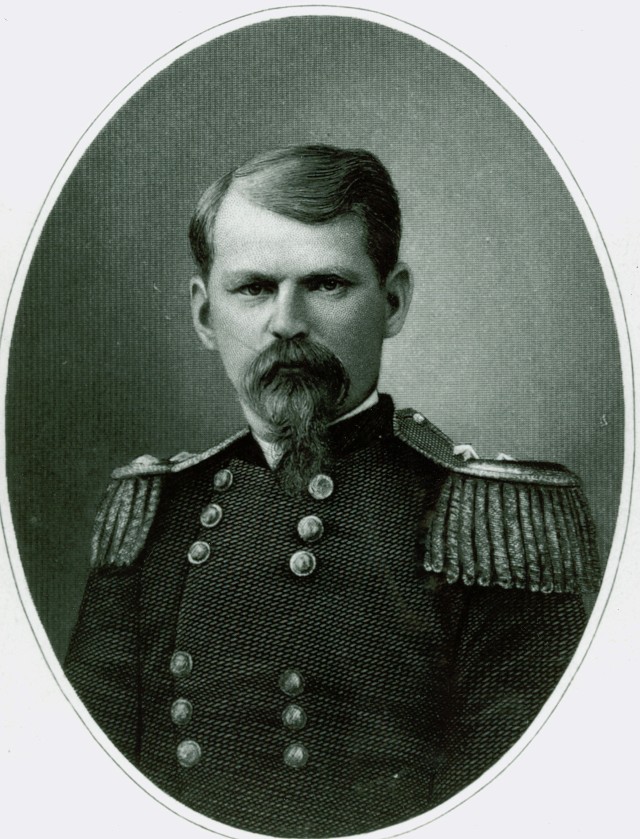

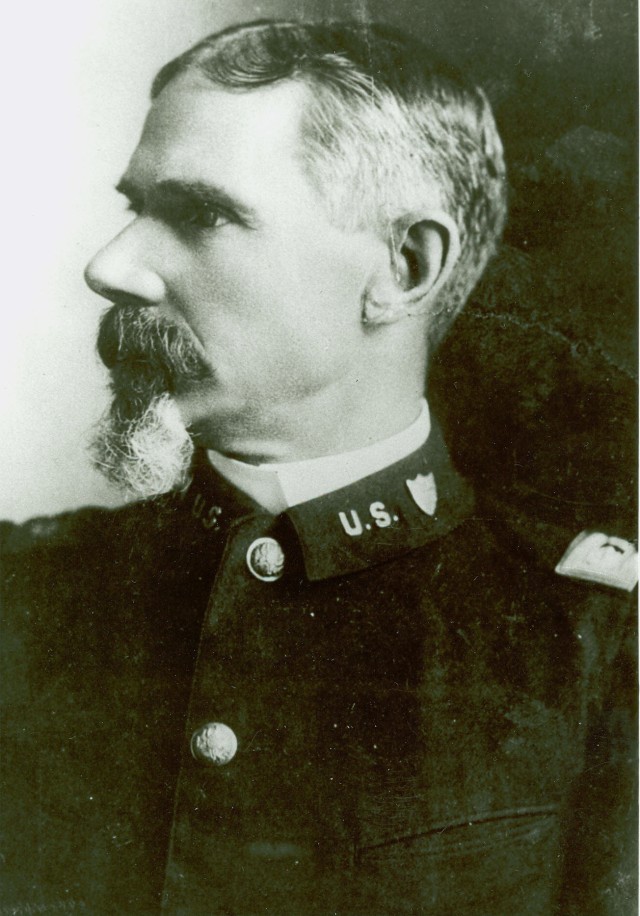

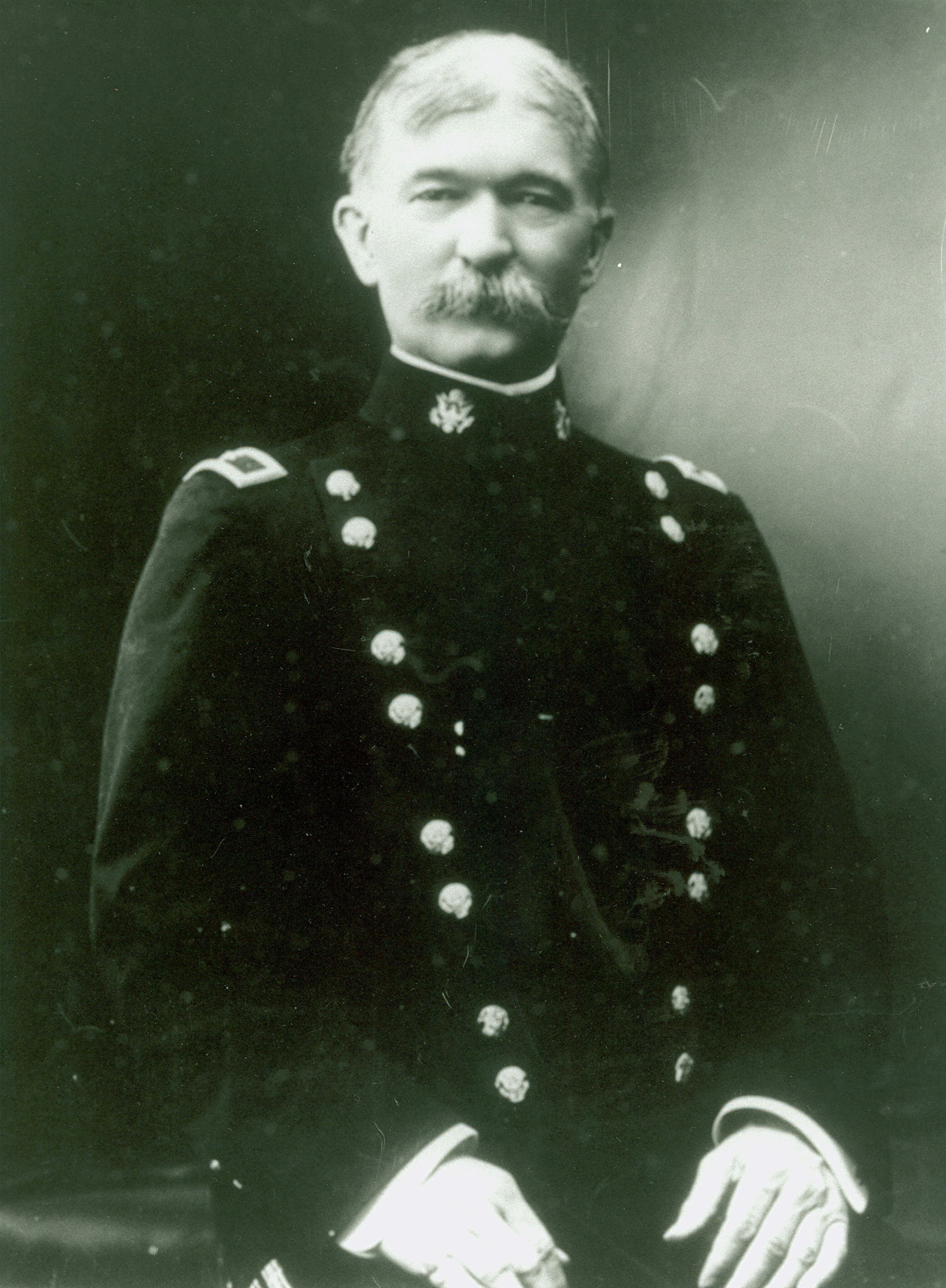
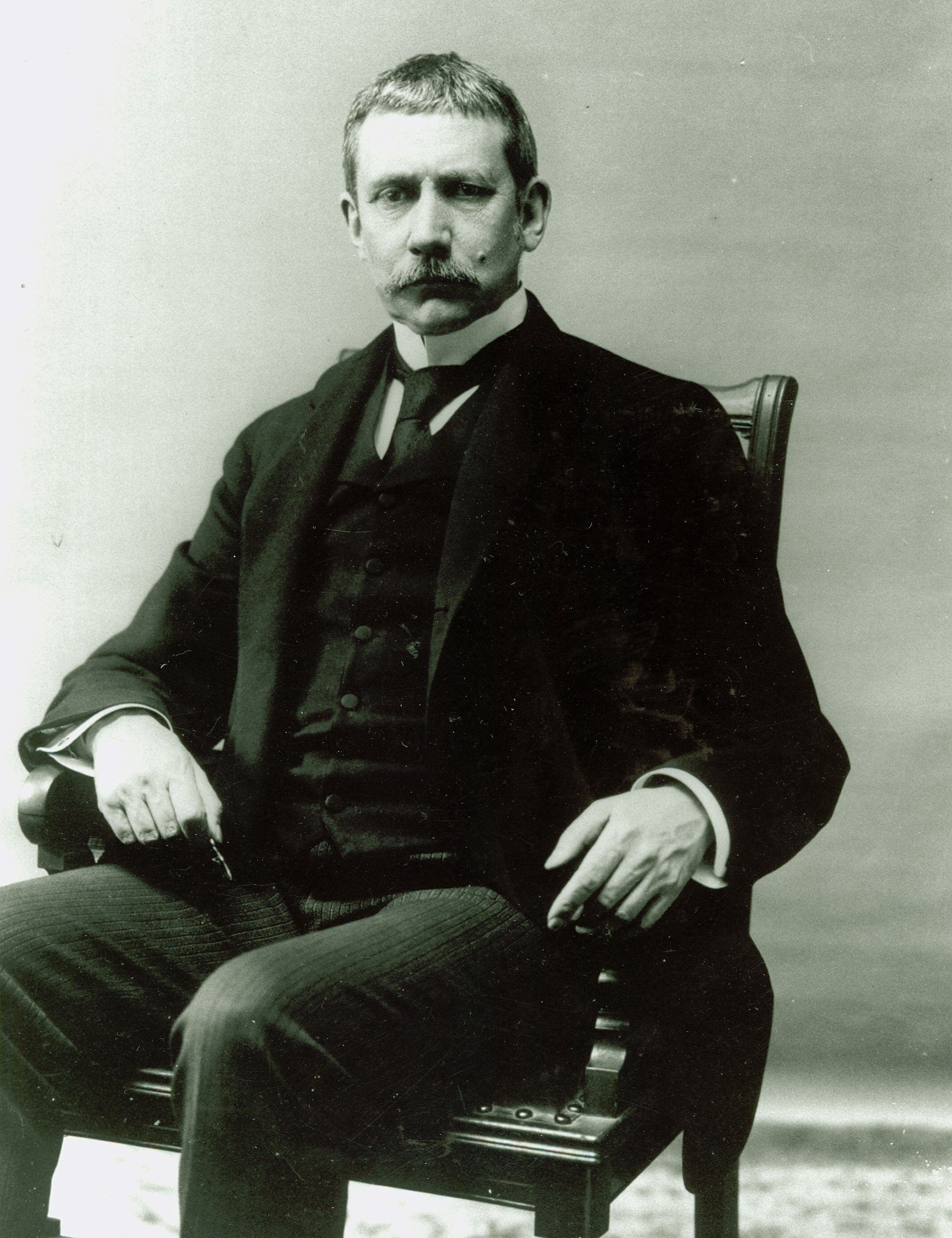
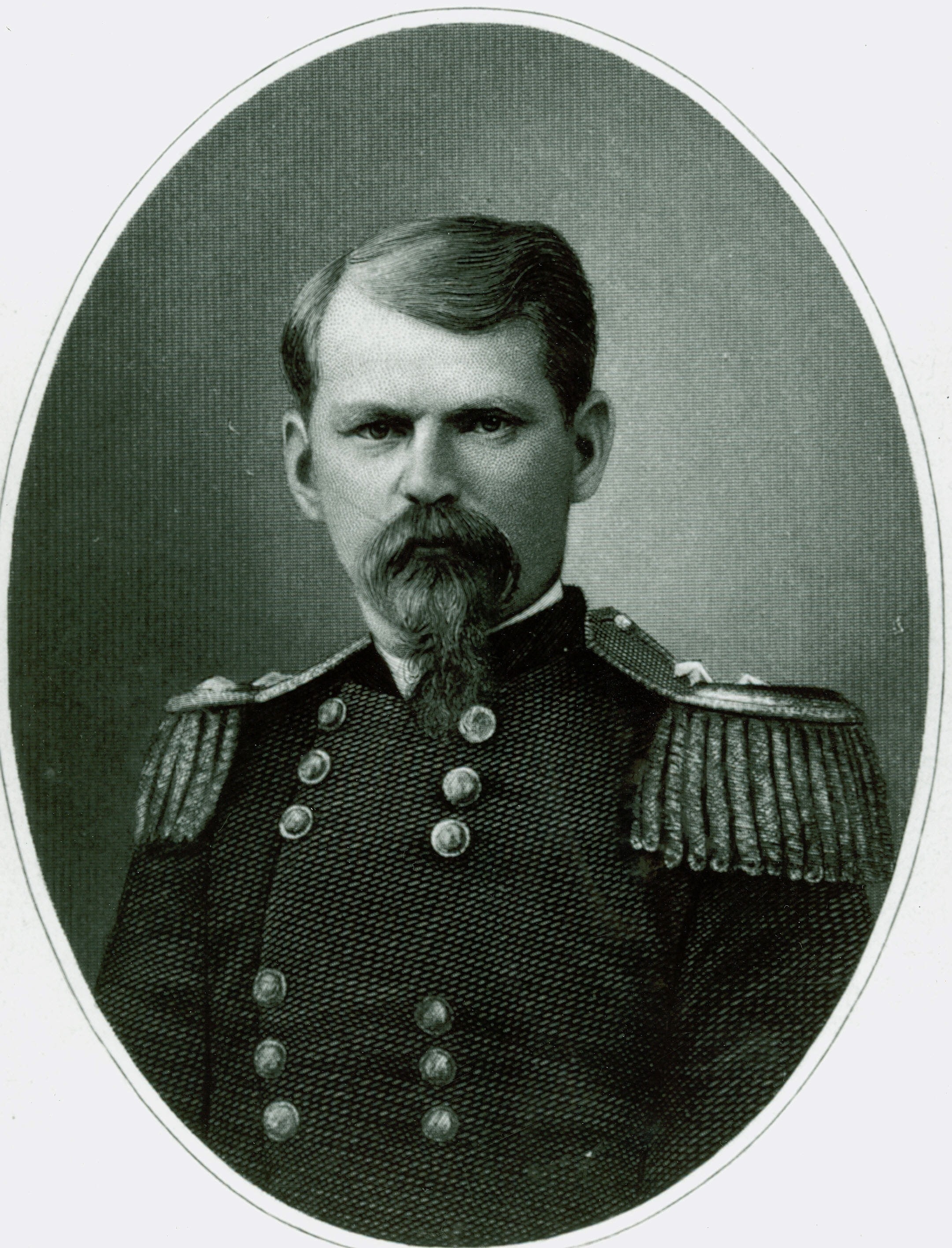

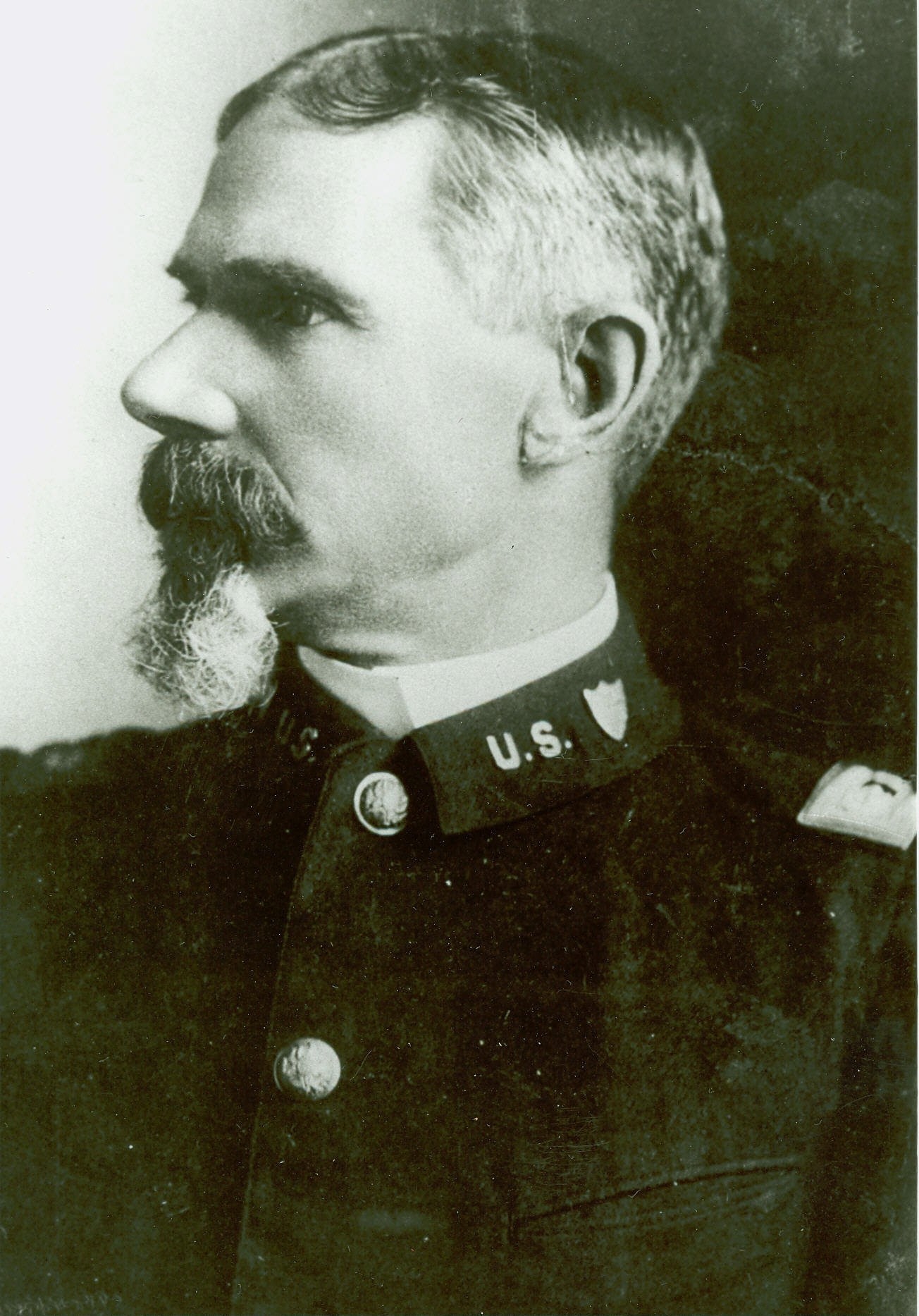
Social Sharing